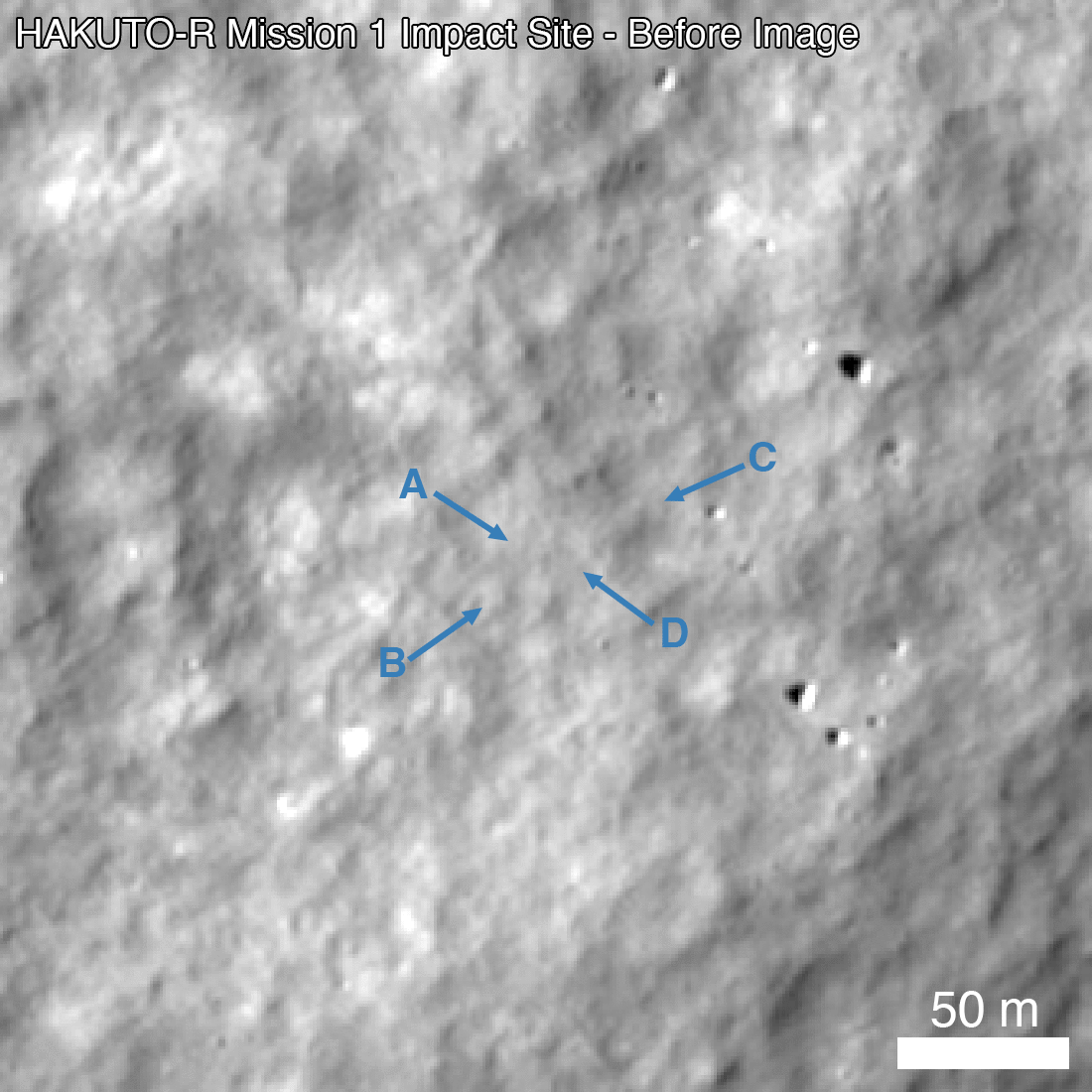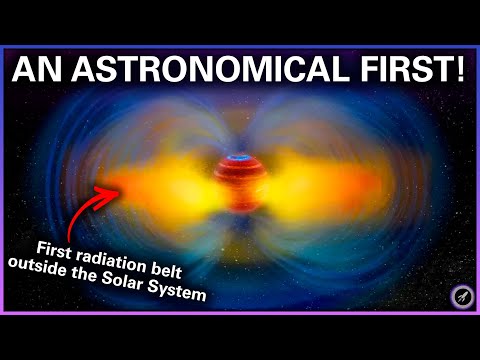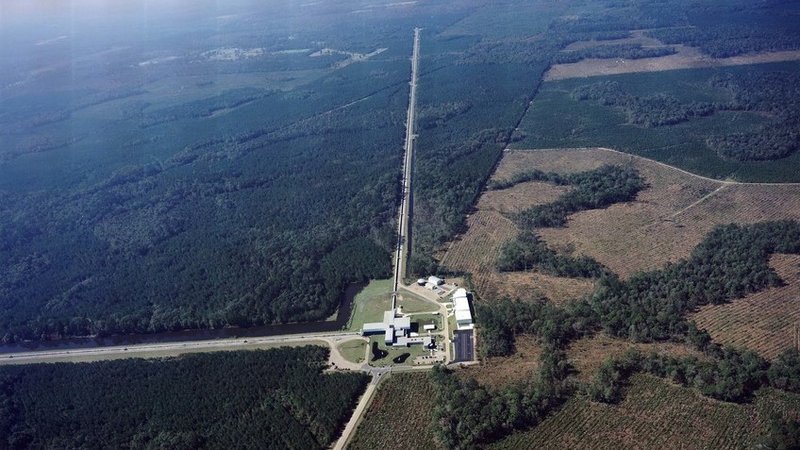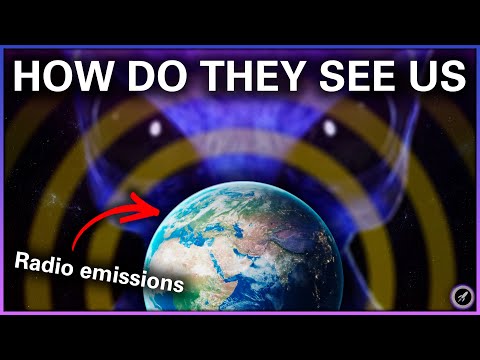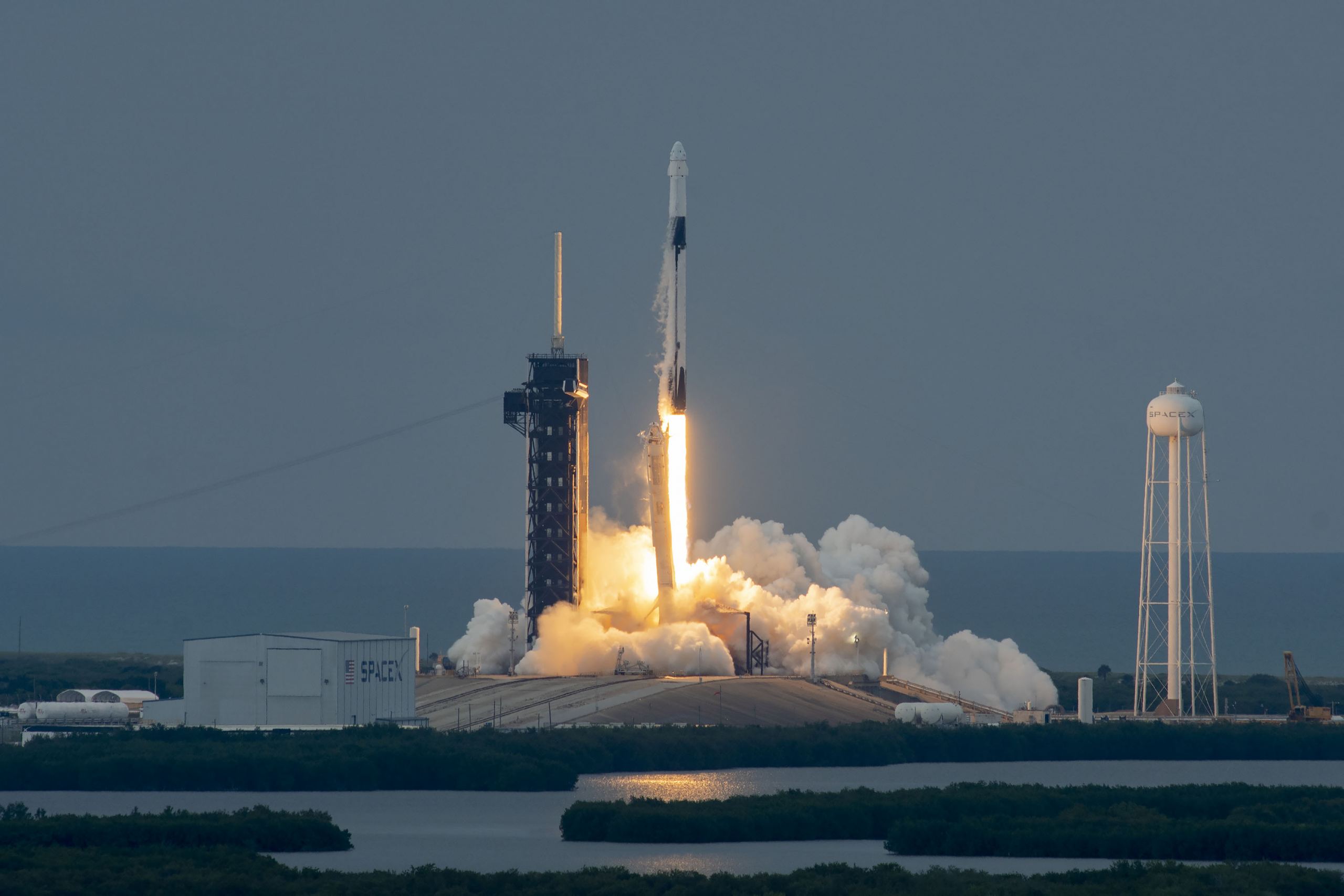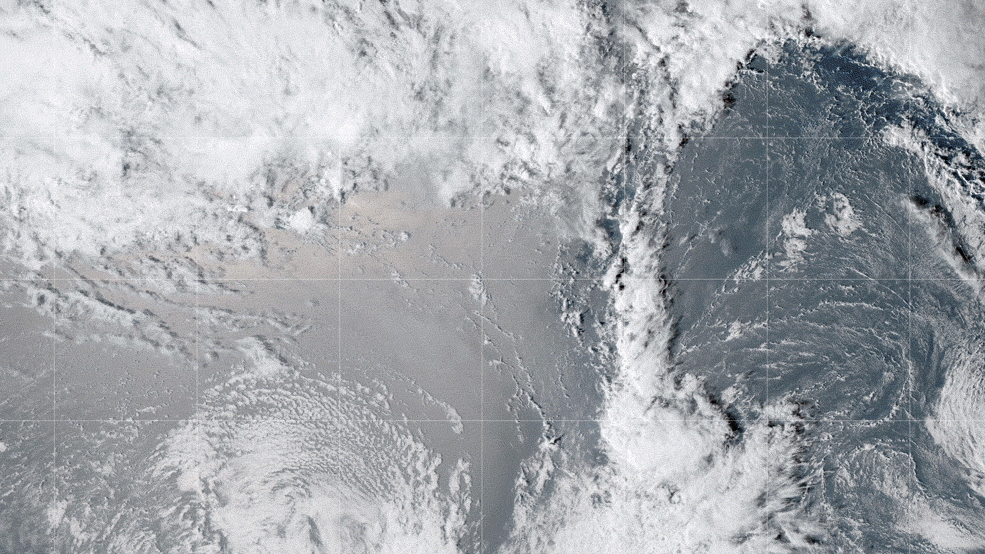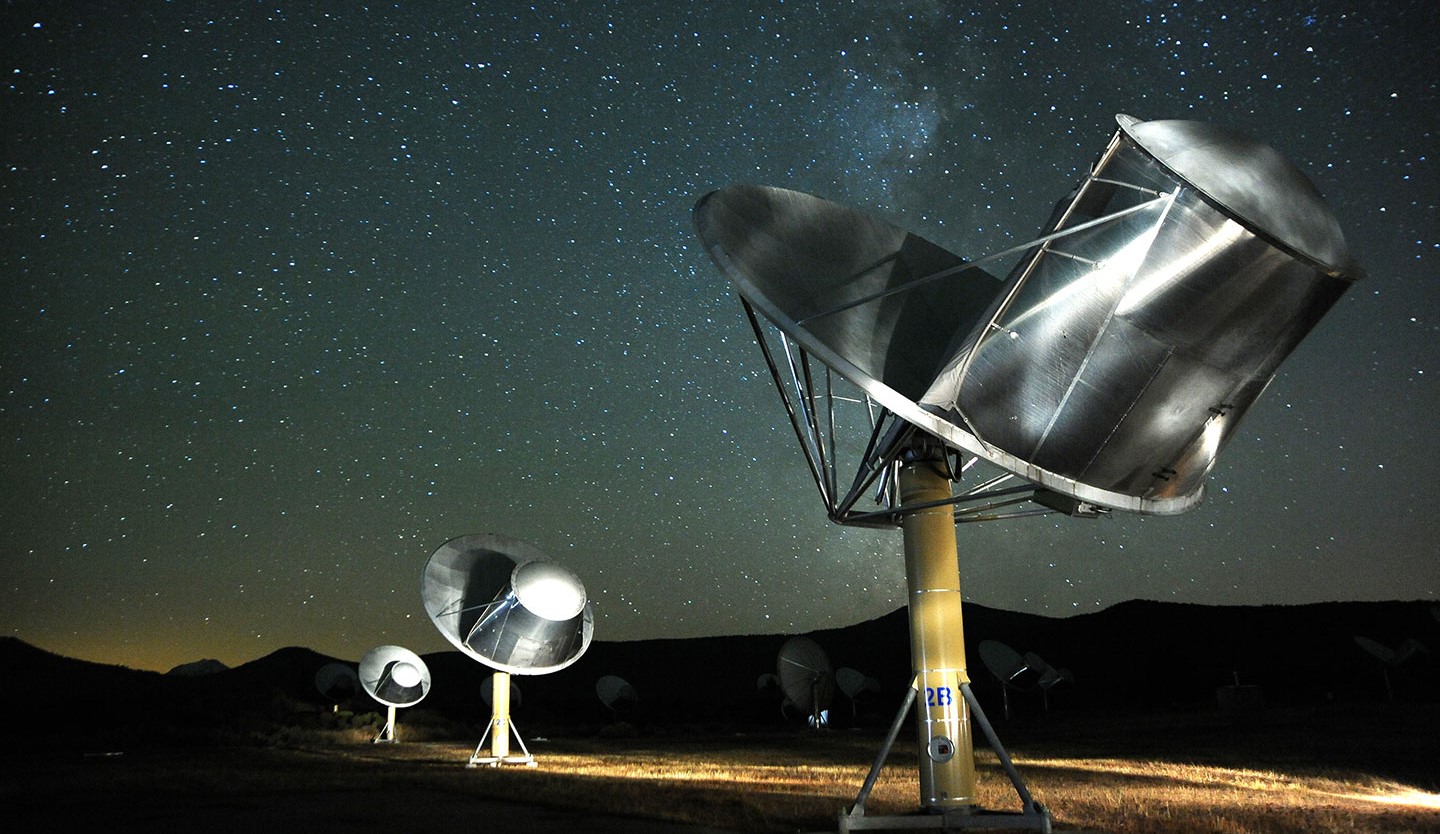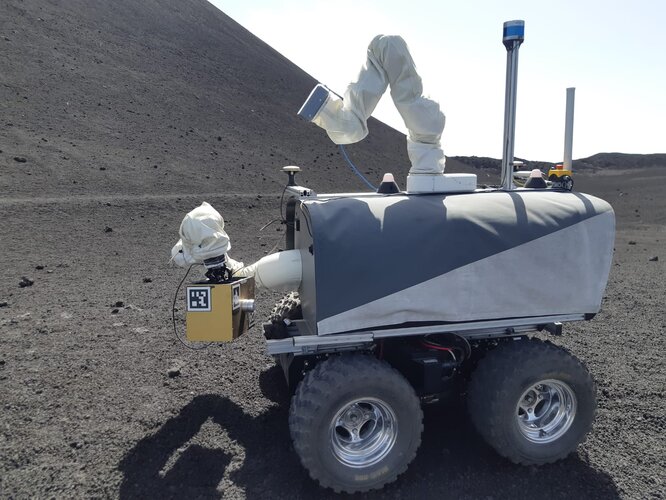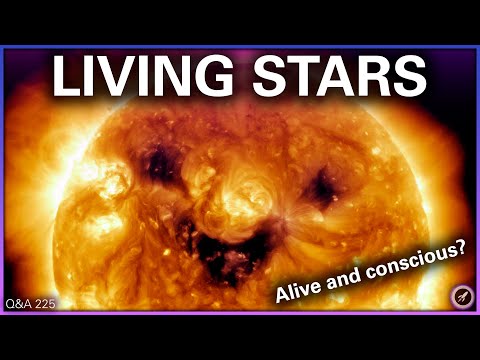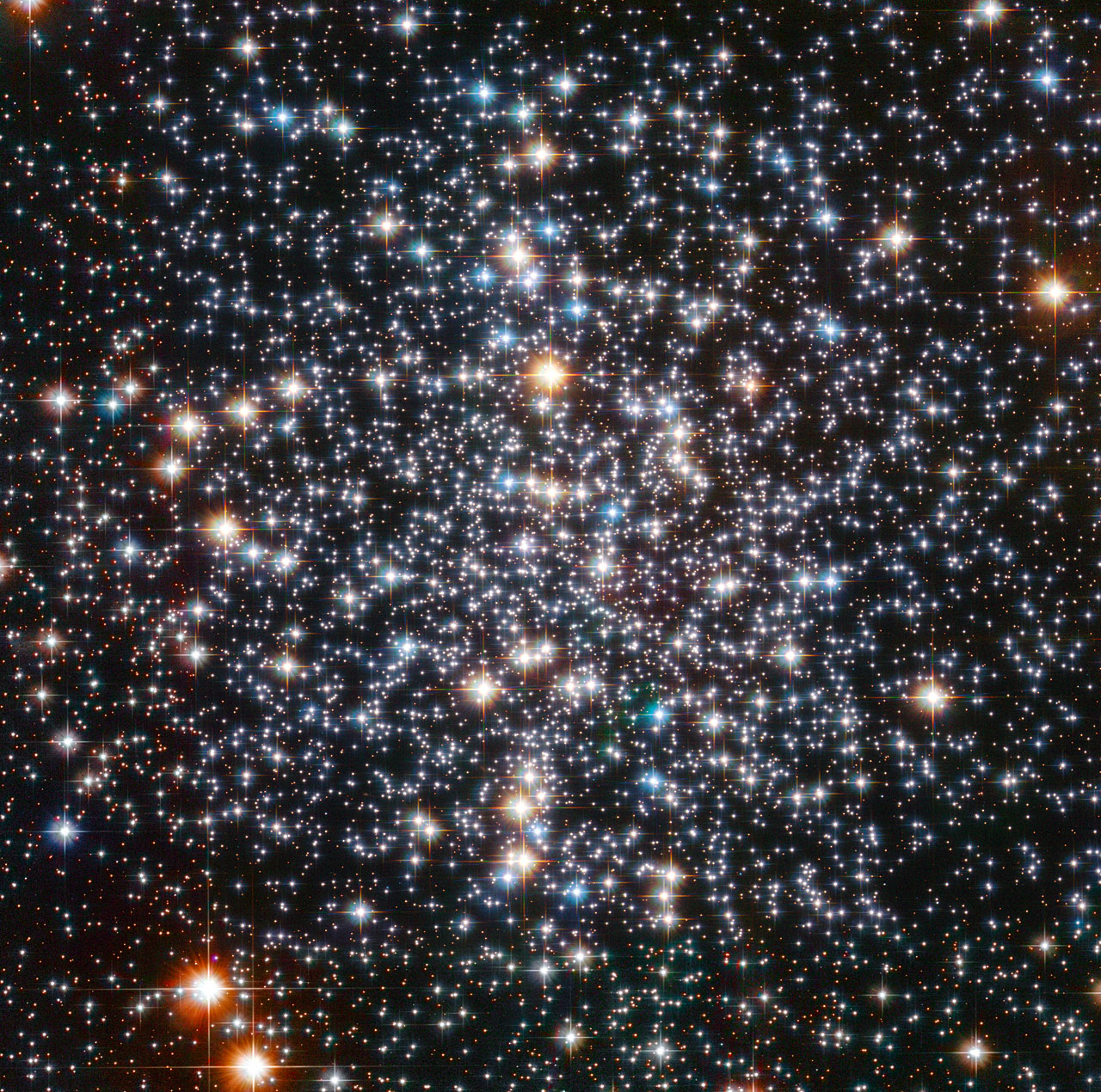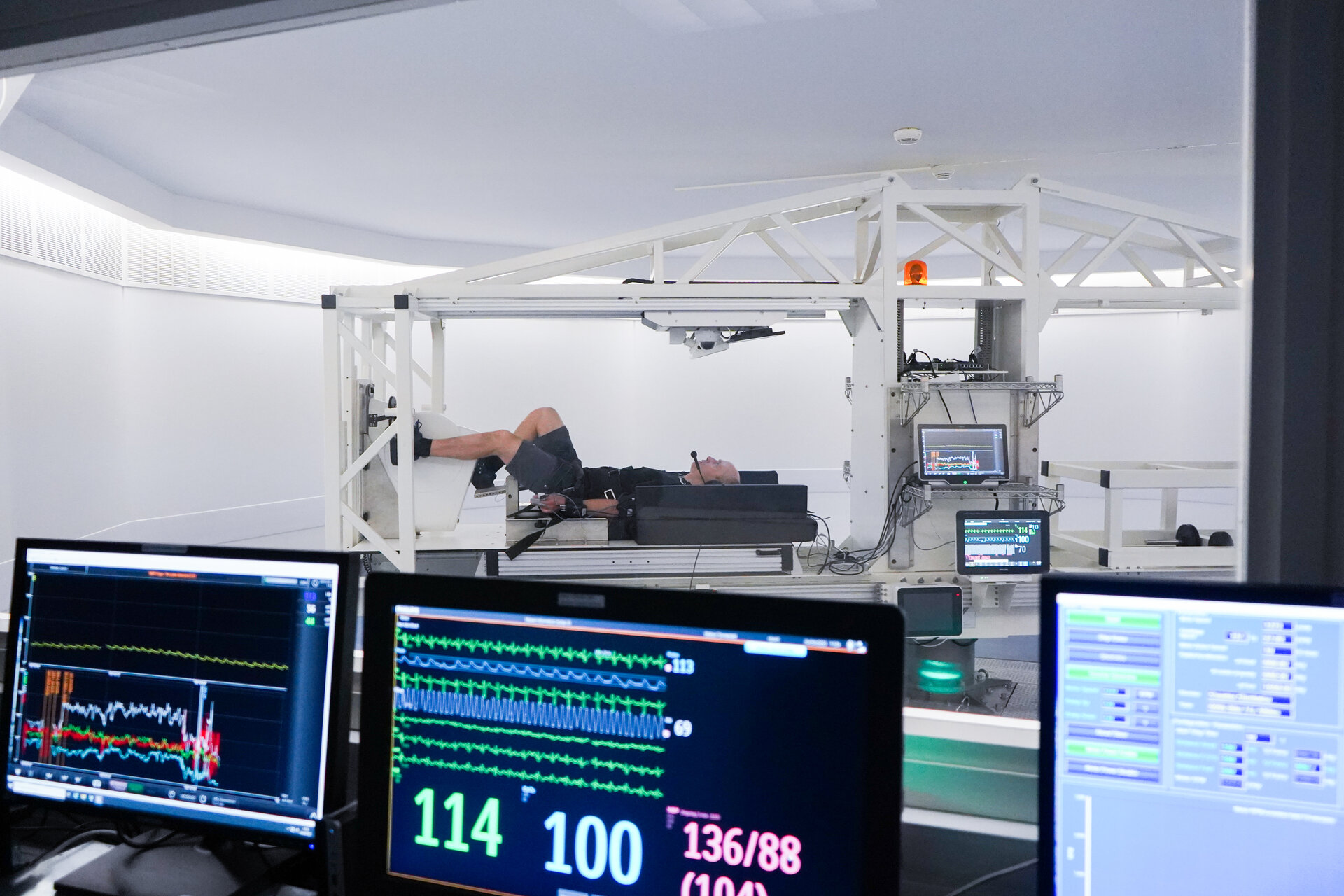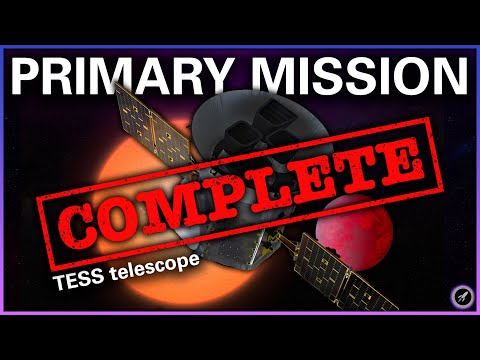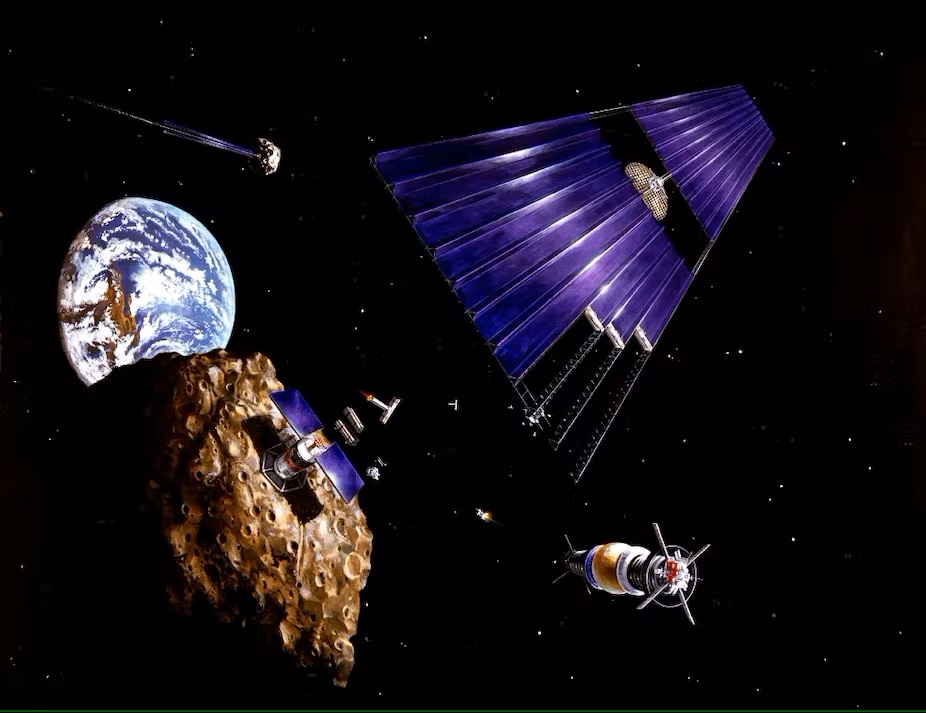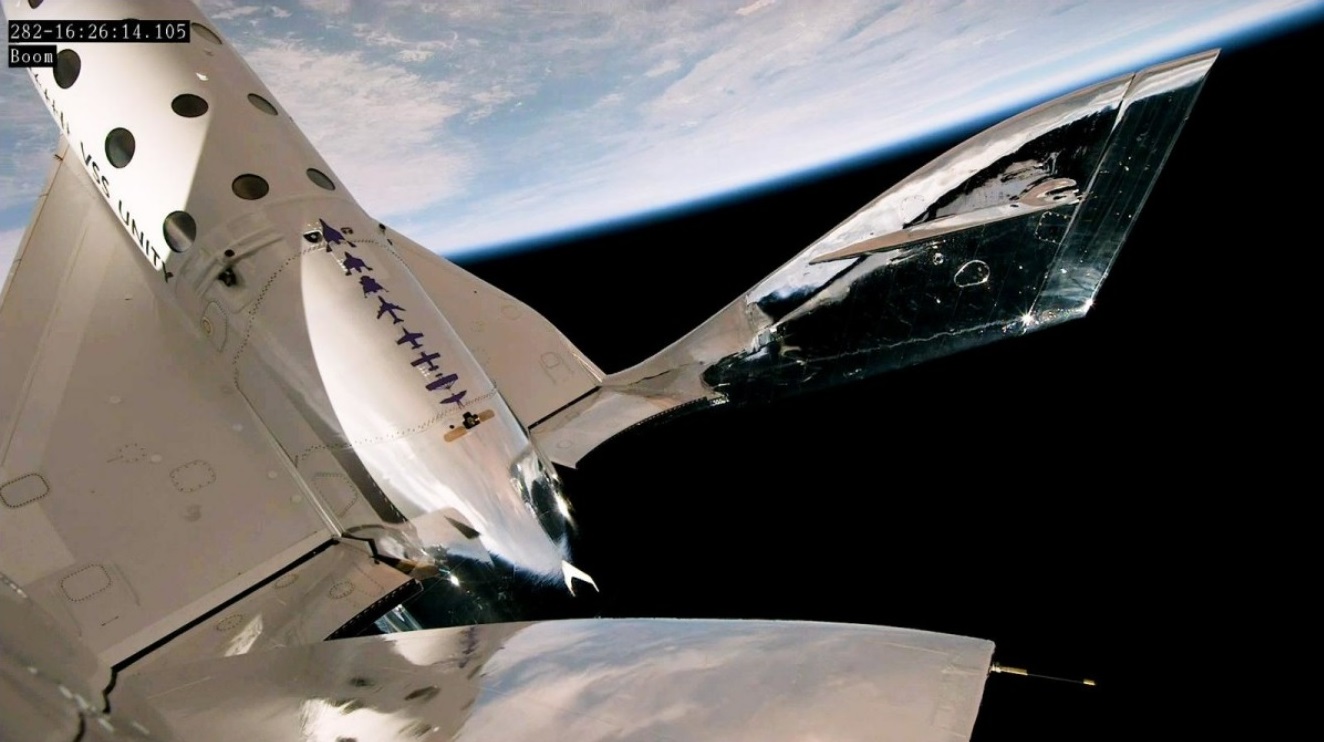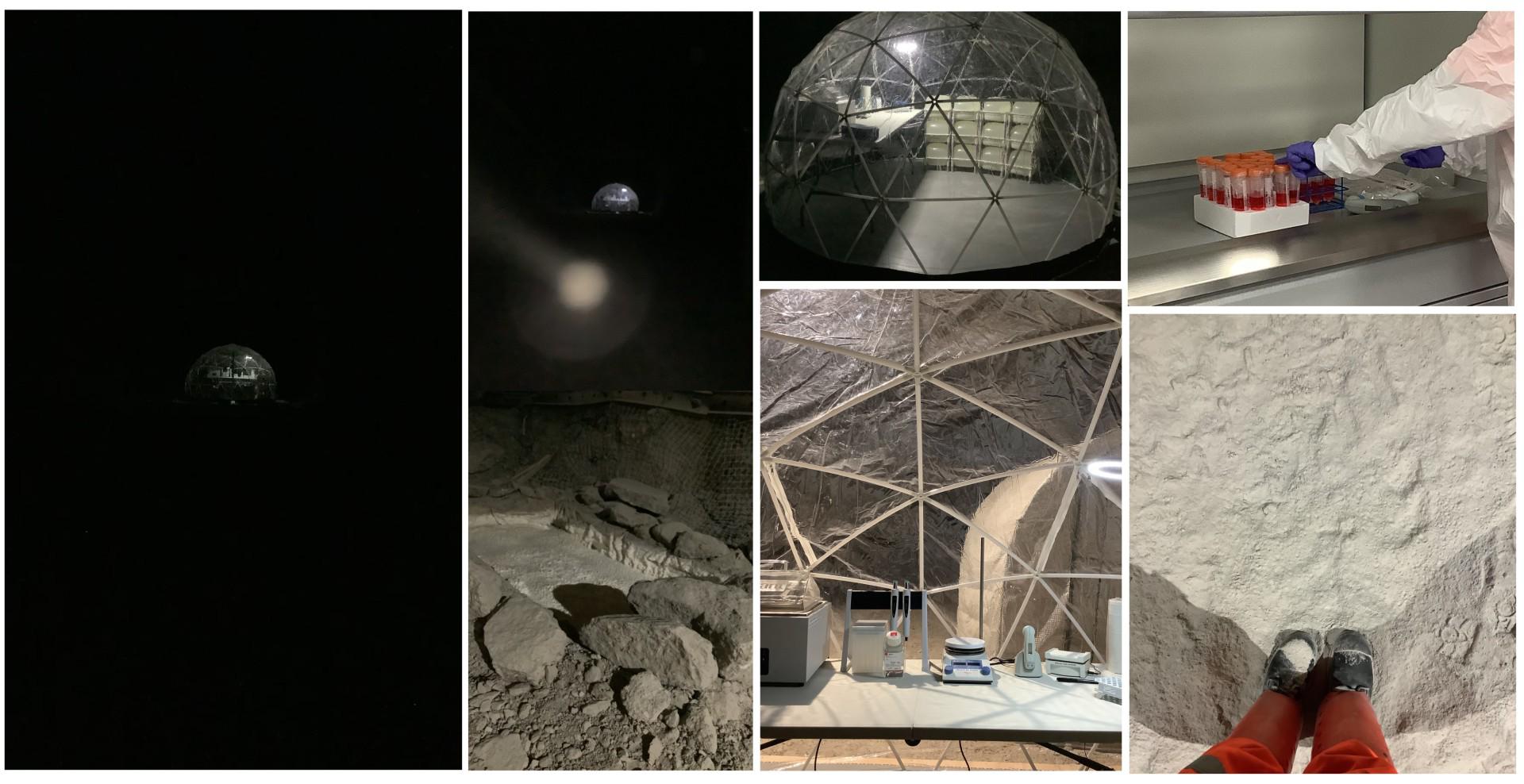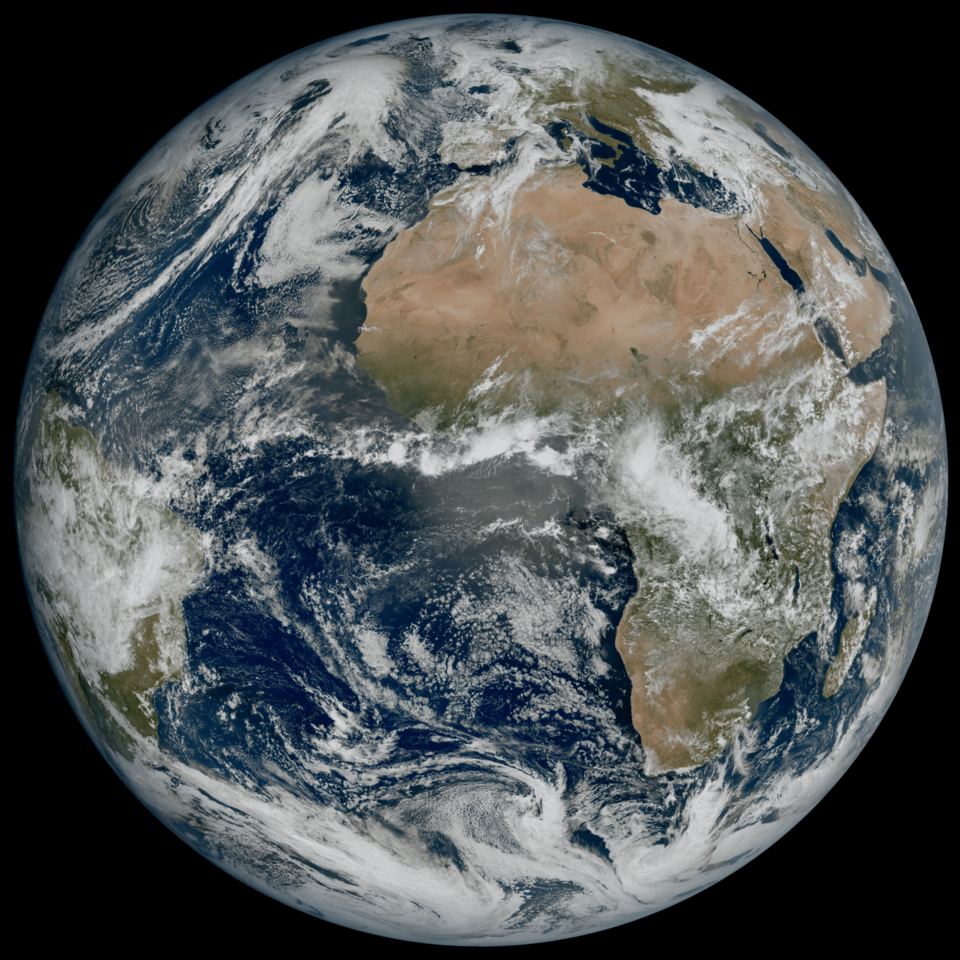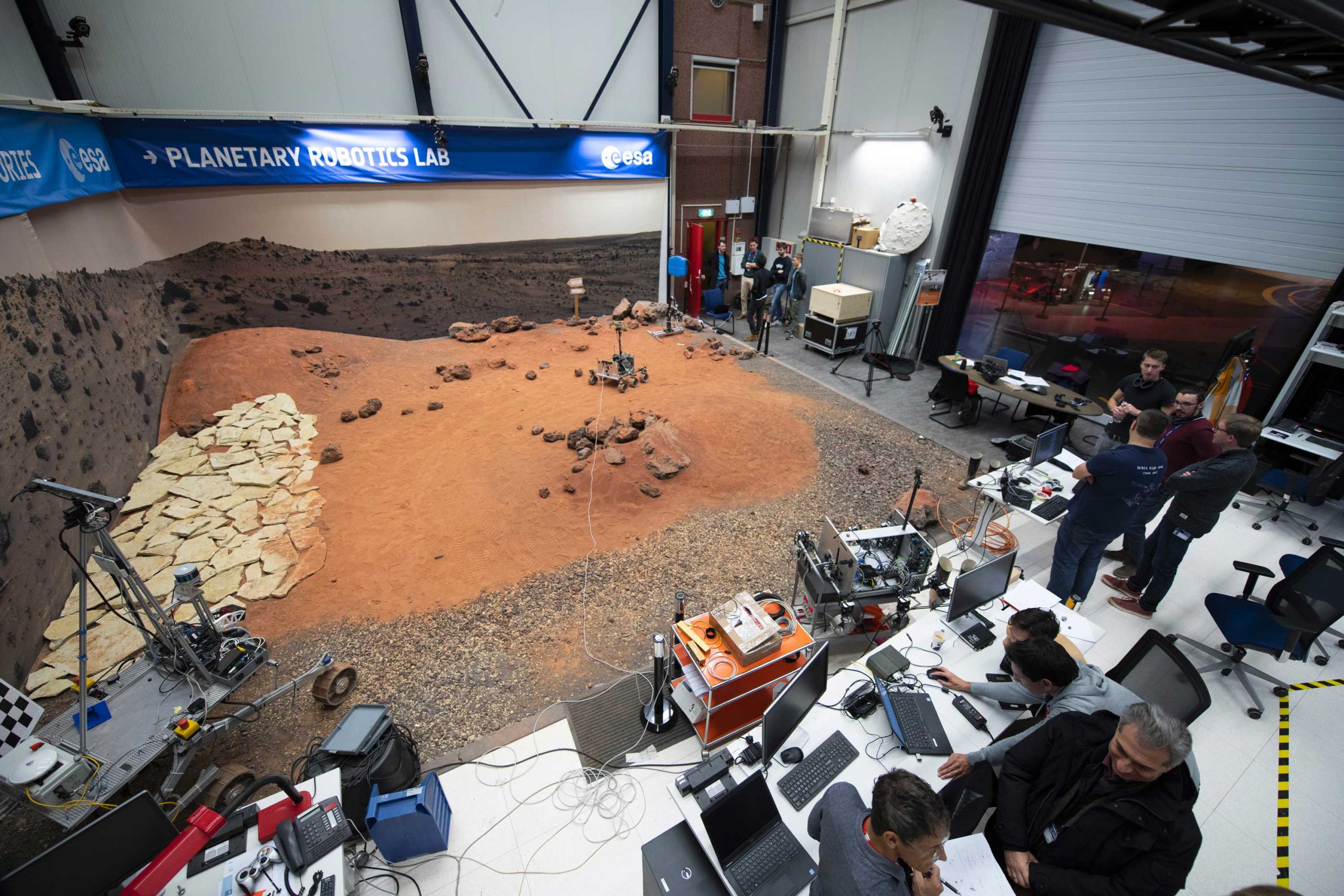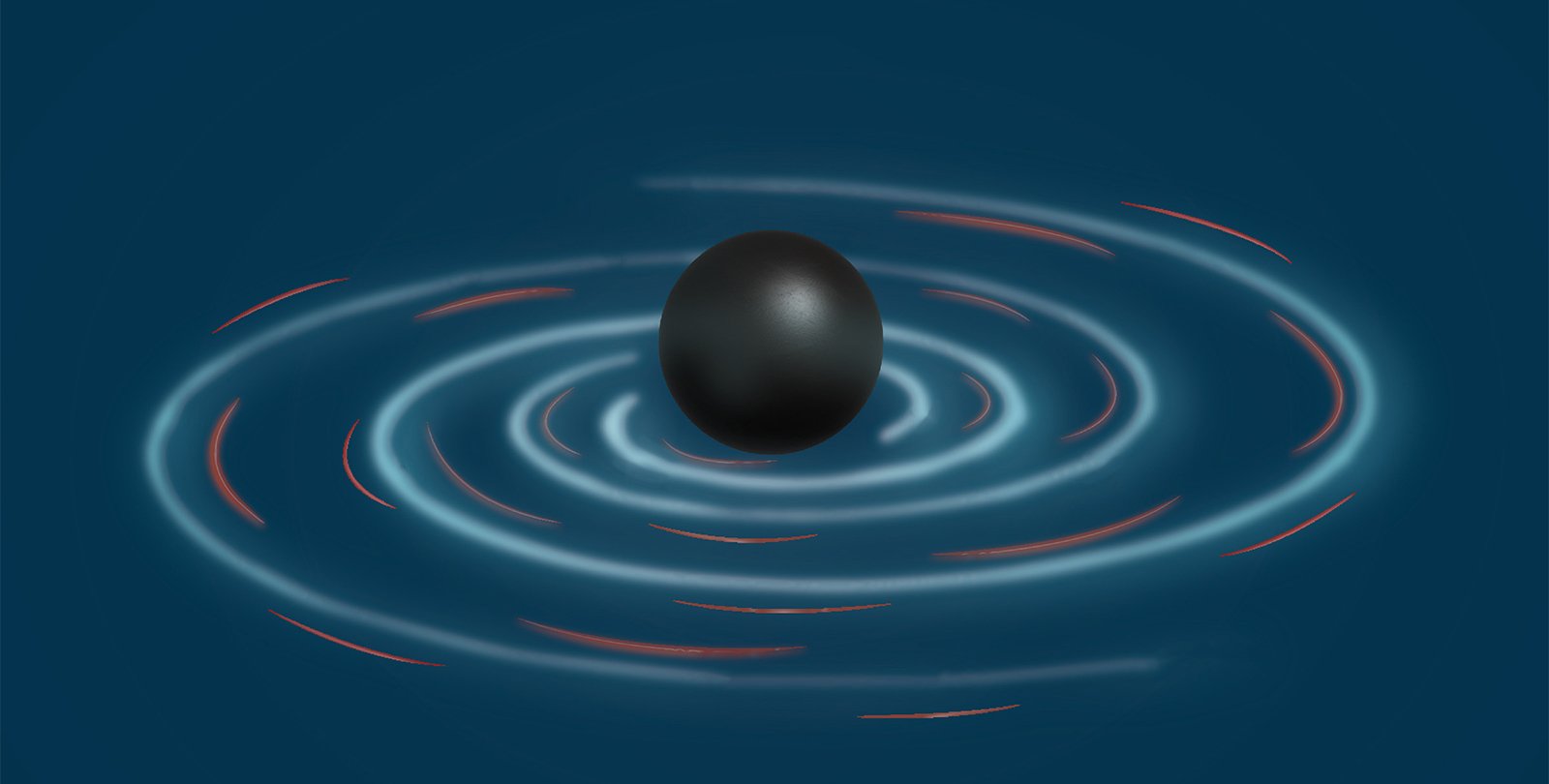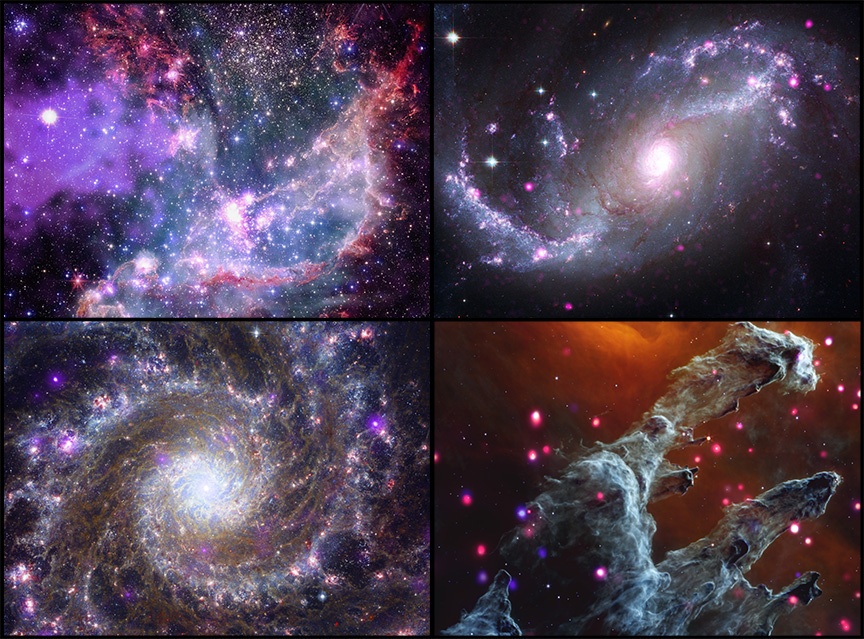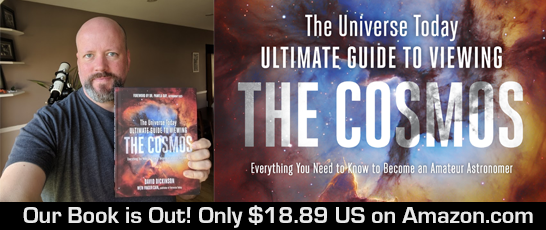NASA May Have Found Hakuto-R's Crash Site
New images from NASA's Lunar Reconnaissance Orbiter appear to show the site where the Japanese HAKUTO-R Mission 1 lunar lander impacted the surface of the Moon. The mission was launched in December 2022 and was hoped to be the first privately-funded spacecraft to land and operate on the lunar surface. Unfortunately, communications were lost as the spacecraft approached the surface. In April, LRO captured ten images of the landing area, and before/after comparisons show new features on the lunar surface where it presumably crashed.
Read the full story by Nancy Atkinson
🦄 If you enjoy what we do at Universe Today, join our Patreon Club! Here are just some of the perks you can get by subscribing:
- I’ll remove all ads on UniverseToday.com for life, even if you unsubscribe in future
- You’ll get ad-free versions of our videos, so you won’t even have YouTube ads
- Early access to interviews, which we now do in improved quality
- A secret Patreon Email Newsletter
- Access to Patreon-only AMA session once per month
- Behind the scenes and other bonus content
- Help us stay independent and support the team directly
Support Universe Today. Join the Club Now!
NASA Selected Blue Origin // Galaxies Getting More Impossible // First (Exo)Radiation Belt
NASA chooses another lander for Artemis V. The first radiation belt ever seen outside the Solar System. And those impossible galaxies might be even more massive than we thought.
🎧 Subscribe to our podcasts:
- Universe Today Podcast. Space news, interviews, Q&As, and exclusive content from Universe Today.
- Astronomy Cast. Your weekly facts-based journey through the cosmos, which I co-host with astronomer Dr. Pamela Gay.
Upcoming Shows:

After Three Years of Upgrades, LIGO is Fully Operational Again
Have you noticed a lack of gravitational wave announcements recently? The Laser Interferometric Gravitational-Wave Observatory (LIGO) has been offline for the last three years, getting some serious new upgrades. One upgrade, called "quantum squeezing," reduces detector noise to improve its ability to sense gravitational waves. LIGO's 20-month observation run starts officially on May 24th and will be joined by Europe's Virgo instrument and the new Japanese KAGRA detector.
Read the full story by Nancy Atkinson
Aliens' Perspective of Technosignatures From Earth
If an extra-terrestrial civilisation saw the Earth, what technosignatures could they pick up? What could they learn about life on our planet and human civilisation in particular? I'm discussing that with Dr Michael Garrett who is the Director of Jodrell Bank Centre for Astrophysics. 👉 Simulation of the Earth’s radio-leakage from mobile towers as seen from selected nearby stellar systems: https://academic.oup.com/mnras/article/522/2/2393/7028804
Four Private Astronauts Are Now on the International Space Station
On Sunday, May 21, the 4-person crew of Axiom Mission 2 launched to the International Space Station on board a SpaceX Crew Dragon. The crew consists of Commander Peggy Whitson, pilot John Shoffner and mission specialists Ali Alqarni and Rayyanah Barnawi. Although it's a privately funded mission, they'll do science research, public outreach, and other commercial activities on board the station. This is the second all-private Axiom mission to the ISS.
Read the full story by Nancy Atkinson
The Tonga Eruption Was So Powerful it Disrupted Satellites Half a World Away
When the underwater Tonga volcano erupted in 2022, it instantly released a shocking amount of energy. There were tsunami waves and ash clouds pushing kilometers up into the atmosphere. But the air pressure wave that was released and traveled worldwide caused an equatorial plasma bubble in the atmosphere. This severely disrupted satellite-based communications hours before the pressure wave arrived, reaching hundreds of kilometers into the ionosphere.
Read the full story by Carolyn Collins Petersen
SETI Researchers Are Simulating Alien Contact — and You Can Help
It's a science fiction staple. That moment when humanity receives its first message from an alien civilization. Would we even be able to detect a signal sent our way and decoded whatever message the aliens intended? Researchers used ESA's ExoMars Trace Gas Orbiter to test this idea of sending an encoded radio message from the Martian orbit. Three radio telescopes received the transmission and will release the message to the public for decoding.
Read the full story by Alan Boyle
An Astronaut Will Be Controlling Several Robots on Earth… From Space
ESA astronaut Andreas Mogensen is on board the International Space Station and about to take control of several robots on Earth. The three robots include a lander with a robotic arm, a humanoid robot, and a robotic dog. By controlling these robots from space, Mogensen will demonstrate that this remote "avatar" control effectively controls similar robots on other worlds like the Moon or Mars. You can imagine future astronauts acting as the brains for a sturdy but dextrous robot in a region that would be too dangerous for a human to explore. By being in orbit, it minimizes the communications time.
Read the full story by Andy Tomaswick
Did The Universe Come From Nothing? Can Stars Be Alive? What's The Best Nebula? | Q&A 225
Could stars and planets be living organisms? Is LHC dangerous for the Earth? How do neutrino detectors work? Does the Big Bang suggest that everything around us came from nothing? What will happen if we create a black hole on Earth? Answering all these questions and more in this week's Q&A. Ultimate Solar System https://planetplanet.net/2018/05/30/the-black-hole-ultimate-solar-system/ 00:00 Start 01:03 [Tatooine] How does something come from nothing? 07:07 [Coruscant] Could stars be alive and conscious? 12:18 [Hoth] Is the LHC dangerous for the Earth? 15:26 [Naboo] What if we create a black hole on Earth? 18:57 [Kamino] How neutrino detectors work? 22:15 [Bespin] What's the maximum number of planets a star can have? 26:47 [Mustafar] How Universe Today changed over the years? 30:29 [Alderaan] Favourite nebula? 30:50 [Dagobah] What's the largest milestone we can live to see? 📰 EMAIL NEWSLETTER Read by 60,000 people every Friday. Written by Fraser. No ads. Subscribe Free: https://universetoday.com/newsletter 🎧 PODCASTS Universe Today: https://universetoday.fireside.fm/ Astronomy Cast: http://www.astronomycast.com/ 🤳 OTHER SOCIAL MEDIA Twitter: https://twitter.com/fcain Twitter: https://twitter.com/universetoday Facebook: https://facebook.com/universetoday Instagram: https://instagram.com/universetoday 📩 CONTACT FRASER [email protected] ⚖️ LICENSE Creative Commons Attribution 4.0 International (CC BY 4.0) You are free to use my work for any purpose you like, just mention me as the source and link back to this video.
Where Are the Missing Black Holes? The Hubble May Have Helped Find One
Astronomers have found stellar mass and supermassive black holes, but their connection has always been elusive. Where are the intermediate-mass black holes formed from collisions between stellar black holes that eventually came together into the supermassive variety? New images from the Hubble Space Telescope suggest an intermediate-mass black hole with the mass of 800 suns in the closest globular cluster. The work was also done with ESA's Gaia mission, which helped to track the movements of thousands of stars in the cluster, indicating the location of the black hole.
Read the full story by Evan Gough
There's a Polar Cyclone on Uranus' North Pole
Uranus takes 84 years to orbit the Sun, slowly revealing more and more of its north-polar region each year. New images of Uranus from ground-based telescopes show a giant cyclone swirling around the planet's northern pole. Other planets, from rocky Earth to the gas giant Jupiter, have swirling polar vortices too, but we were sure about Uranus because the planet is tilted over on its side. As Uranus' north pole continues into summer, astronomers hope to see even more changes in its atmosphere.
Read the full story by Nancy Atkinson
Artificial Gravity Tests on Earth Could Improve Astronaut Health in Space
Bedrest has long been used to mimic some of the health conditions experienced by astronauts. After weeks in bed, volunteers' muscles and bones weaken and experience fluid distribution problems. A new study hopes to counteract some of these issues by having 12 volunteers pedal an exercise bike while rotating in a centrifuge. As they ride the bike, the centrifuge doubles during the ride, driving blood toward their feet. We could see a similar device on board a space station in the future, helping astronauts maintain their health in space.
Read the full story by Matt Williams
What Did NASA Discover With TESS' First Complete Mission
It's already been five years since NASA's TESS mission was launched. Now it completed its first full mission observing the sky and hunting for exoplanets. In this interview, I'm talking with Nicole Colon from NASA's Goddard Space Flight Center about the results from TESS and what can come next for the mission.
Want to be an Asteroid Miner? There's a Database for That.
Are you a fan of the Expanse series and want to try your hand as an asteroid miner? Good news, there's a database of asteroids that you might want to visit and prospect for minerals. A French team of space scientists has developed a database that ranks various asteroids based on criteria that might interest asteroid mining companies: what they're probably made of and how easy they are to reach. So, once you've got your fusion drive, you'll know where to strike it rich in space.
Read the full story by Andy Tomaswick
Virgin Galactic's Space Plane Rises Again for Final Flight Test
It's been two years since Virgin Galactic's SpaceShipTwo VSS Unity made its first flight beyond 80 kilometers altitude, and the company has been doing more tests, analysis, and upgrades. This week we saw a new sub-orbital test of Unity 25, carrying two pilots and four other Virgin Galactic employees to an altitude of 87 km. After post-flight analysis, the company will start scheduling commercial flights for customers who have paid as much as $450,000 US for a sub-orbital trip to space.
Read the full story by Alan Boyle
Researchers Are Building a Simulated Moon/Mars Research Station Deep Underground
A series of tunnels deep underground in the UK will be the perfect test bed for a simulated Moon/Mars research station. The facility has been built in partnership with a nearby particle physics experiment that must be underground. The facility will start with a 3-meter simulation module called Bio-SPHERE, but future mission scenarios will include gathering local resources for habitat construction. Lessons learned here could help the construction of research stations inside lava tubes on the Moon or Mars.
Read the full story by Evan Gough
Amazing Views From ESA's New MeteoSat Weather Satellite
The European Space Agency launched its new third-generation Meteosat weather satellite in December, and it finally captured its first image from geostationary orbit in late March. And what an image! The picture shows incredible detail, with snow in the Alps, sediment in the water along the coast of Italy, and clouds over the Atlantic Ocean. This will help forecasters predict weather patterns in Europe more precisely than ever. When the system is fully operational, the satellite will deliver a new image of the Earth's hemisphere every 10 minutes.
Read the full story by David Dickinson
ESA Has a Playground for Mars Rovers to Learn how to Explore the Red Planet
The European Space Agency has a special facility in the Netherlands nicknamed the "Mars Yard." This is a 9 x 9 m square that's filled with sand and different types of gravel and rocks. Engineers use this Martian sandbox to test out rovers that will eventually be traveling to Mars. They can simulate a variety of terrain and exploration targets and discover how rovers can make observations and maneuver around rocks. They can also discover which terrains cause the most wear and tear on rover wheels. Also, it's probably fun.
Read the full story by Evan Gough
When Black Holes Merge, They'll Ring Like a Bell
After years of upgrades, the LIGO experiment is back online, scanning the skies for gravitational waves with even more sensitivity. In addition to more mergers, it's also hoped that LIGO will be able to detect subtle phases in the merge progress. When black holes come together, the resulting larger object is expected to send out gravitational waves like a ringing bell. The timbre of the ringing will help astronomers confirm predictions made by general relativity and even evaluate various theories of quantum gravity.
Read the full story by Brian Koberlein
Other Interesting Space Stuff
- Deep Space Navigation by Optical Pulsars
- Research ‘Solves’ Mystery of Jupiter’s Stunning Color Changes
- Element Creation in the lab Deepens Understanding of Surface Explosions on Neutron Stars
- Life on Earth Quickly Became Independent From Lightning as a Nitrogen Source, Says new Study
- Study Doubles the Number of Known Repeating Fast Radio Bursts
- South Korea Hails Successful Launch of Homegrown Rocket (Update)
- A Role for Meteoritic Iron in the Emergence of Life on Earth
- NASA Pursues Lunar Terrain Vehicle Services for Artemis Missions
- Ispace Announces Results of the “Hakuto-R” Mission 1 Lunar Landing
- New Images of Sunspots From the World's Most Powerful Solar Telescope
- China's Rover Found Evidence of an Ancient Ocean on Mars
- How Much Damage Will Lunar Landings Do to Other Lunar Landers?
- North Korea Says it's Almost Ready to Launch its First Spy Satellite
- A New Launch Complex Opens Up in the Ocean
- A New Place to Search for Habitable Planets: "the Soot Line."
- Juice is Fully Deployed. It's Now in its Final Form, Ready to Meet Jupiter's Moons in 2031
Amazing Astrophotography on @universetoday
Chandra and JWST Join Forces in a Stunning Series of Images
Chandra and JWST are space telescopes, but they observe different wavelengths. JWST looks at cool objects in the infrared, while Chandra sees hot objects in the X-ray spectrum. A new series of images have been released that show the merger of data captured by both telescopes on various objects. For example, in the Eagle Nebula, JWST shows the clouds of gas and dust in the region, while Chandra reveals the young hot stars blasting out X-rays. Or the spiral galaxy M74, with star-forming regions embedded within lanes of dust.
We have featured thousands of astrophotographers on our Instagram page, which has more than 200,000 followers. Want to do a takeover? Use the hashtag #universetoday and I'll check out your photos.
Find your way across the night sky. Choose a variety of astronomy gear. Follow the Moon and the planets. Find deep sky objects across the seasons in both hemispheres. Observe comets, asteroids, satellites and space stations. Learn to do astrophotography.
Get it on Amazon for only $18.89. Here are some other options.
Thanks!
Fraser Cain
Publisher
Universe Today
As always, if you have comments or questions, or suggestions on how I can improve this newsletter, please don't hesitate to reply this email or email me at [email protected].

This work is licensed under a Creative Commons Attribution 4.0 International License.
Click here to Unsubscribe from this list.
Universe Today - #3400 333 Hunt Road - Courtenay, BC V9N 3R6 - Canada

